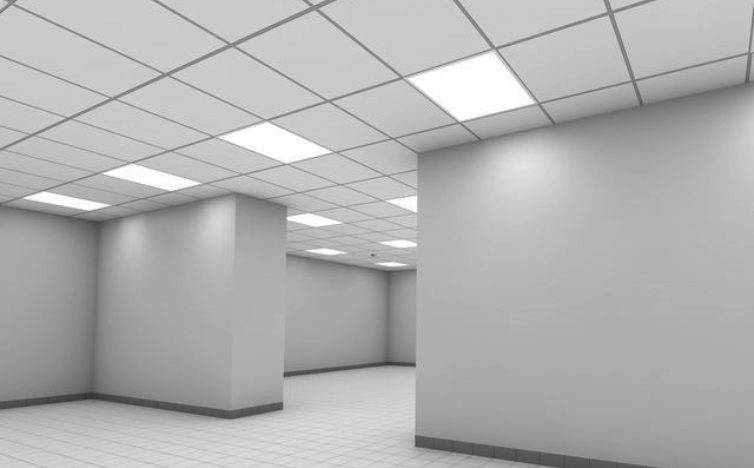Drop ceilings are common in offices, basements, and commercial spaces, but they often allow sound to pass through easily. Whether you want to block noise from above or improve room acoustics, soundproofing a drop ceiling can make a significant difference. Here are six effective tips to reduce noise and enhance sound insulation.
1. Use Acoustic Ceiling Tiles
Standard drop ceiling tiles are lightweight and do little to block sound. Replacing them with acoustic ceiling tiles made from sound-absorbing materials can help reduce noise transmission. Look for tiles with a high Noise Reduction Coefficient (NRC) and Sound Transmission Class (STC) rating for better performance.
2. Add Mass Loaded Vinyl (MLV)
Mass Loaded Vinyl (MLV) is a dense, flexible material that blocks sound effectively. You can install MLV above the ceiling tiles or attach it to the structural ceiling to reduce airborne and impact noise from upper floors. MLV is especially useful in commercial spaces, home theaters, and offices where soundproofing is essential.
3. Install Acoustic Insulation
Adding insulation above your drop ceiling tiles can significantly improve soundproofing. Mineral wool, fiberglass, or cellulose insulation helps absorb sound waves and prevent them from traveling between floors. This is particularly useful for reducing echoes and improving acoustics in large rooms.
 4. Seal Gaps and Openings
4. Seal Gaps and Openings
Sound can easily pass through small gaps around lighting fixtures, vents, and pipes in a drop ceiling. Use acoustic sealant, foam gaskets, or weatherstripping to seal these openings. This prevents noise leakage and enhances the effectiveness of other soundproofing materials.
5. Use Soundproofing Panels or Baffles
Acoustic panels or hanging baffles can further reduce noise reflections in rooms with drop ceilings. These panels help absorb sound waves, making them ideal for offices, classrooms, and conference rooms where clear communication is needed.
6. Decouple the Ceiling Structure
If possible, decoupling the drop ceiling from the structural ceiling can improve sound isolation. This method involves installing soundproofing clips or resilient channels to create an air gap, reducing sound vibrations from above. This is a more advanced technique but can be highly effective in preventing noise transfer.
Contact Muhammad Shaheen Carpentry at 971 55 219 6236, and discover the transformative science of soundproofing for your space.
Conclusion
Soundproofing a drop ceiling can greatly enhance the comfort of a space by reducing unwanted noise. By using acoustic tiles, MLV, insulation, and proper sealing techniques, you can significantly improve sound insulation. Whether for an office, home, or commercial setting, these six tips will help you create a quieter environment.

